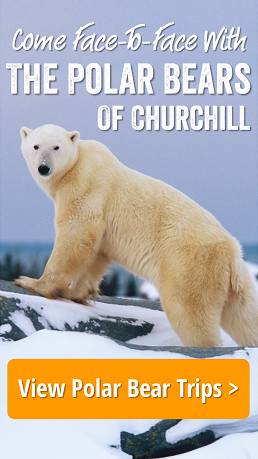by Steve Selden | May 22, 2017 | Conservation

The Global Seed Vault in Norway will undergo improvements. Getty Images photo.
Norway will make critical improvements to the Global Seed Vault located on Svalbard Island in the Arctic. Melting permafrost in an unusual Arctic summer caused water to enter the front section of the vault. No stored seeds were damaged though safeguards will be taken to prevent future incidents of risk.
The storage facility lies predominantly inside a mountain with consistent cool temperatures ideal for preserving seeds from around the world.
Ironically the protected storage facility stores seeds in case a country sustains a disaster of some sort that necessitates replanting of key vegetation and plants. Nobody anticipated that the facility would have its own near – disaster. Water from melting permafrost seeped into the entry tunnel though never made it further into the storage area.
Plans to waterproof the walls as well as install drainage ditches outside the vault entrance are underway to ensure the precious seeds are safe. Scientists describe the vault as the most important room in the world.
When the vault was constructed, the idea of permafrost melting this far north was unheard of. In a short period of time we have seen climate changes of an extreme measure. Last October temperatures rose from a normal of -10C to around 0 C…causing meltwater to appear.
Statsbygg, the agency that administers the vault, are committed to conduct research to monitor the permafrost on Svalbard and the surrounding Arctic.
The vault stores seeds from nearly 5,000 crop species from all over the planet. The dried and frozen specimens can be preserved for hundreds of years in the vault. Most countries on Earth have their own emergency supply of seeds though they also store back-ups at the Global Seed Vault.
by Steve Selden | May 5, 2017 | Conservation
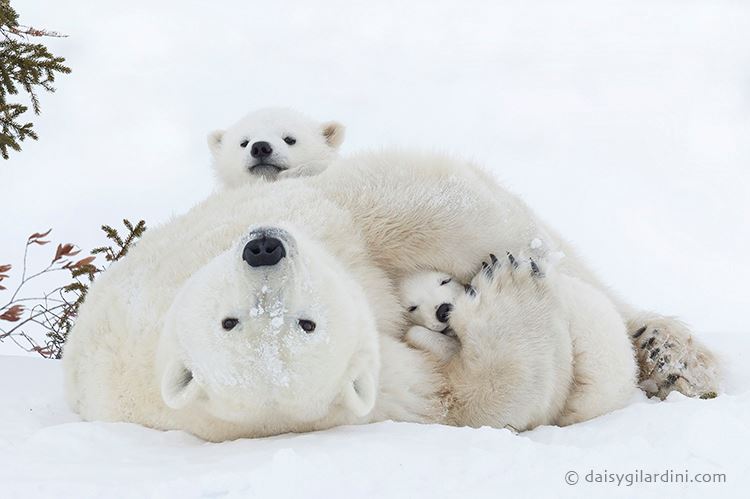
Polar bear habitat protection is becoming a hot issue. Daisy Gilardini photo.
The U.S. Supreme Court stood up against a coalition of organizations within Alaska by declining to hear a case on Monday which attempts to repeal the previous federal government administration’s policy to designate more than 187,000 square miles of Alaskan wilderness as critical habitat for threatened polar bears.
Lawsuits filed against the Interior Department by the Alaska Oil and Gas Association and the state of Alaska along with Native corporations and local governments were able to reverse the regulation in 2013 though the 9th Circuit Court of Appeals reversed that ruling.The state of Alaska and the Alaska Oil and Gas Association — joined by Native corporations and local governments — brought lawsuits against the Interior Department to overturn that decision.
However, the U.S. Supreme Court decided against hearing the case and therefore the ruling reverted back to the original law which was instituted by the U.S. Fish and Wildlife Service. The area in Alaska’s Arctic was protected by the federal government in December 2010.
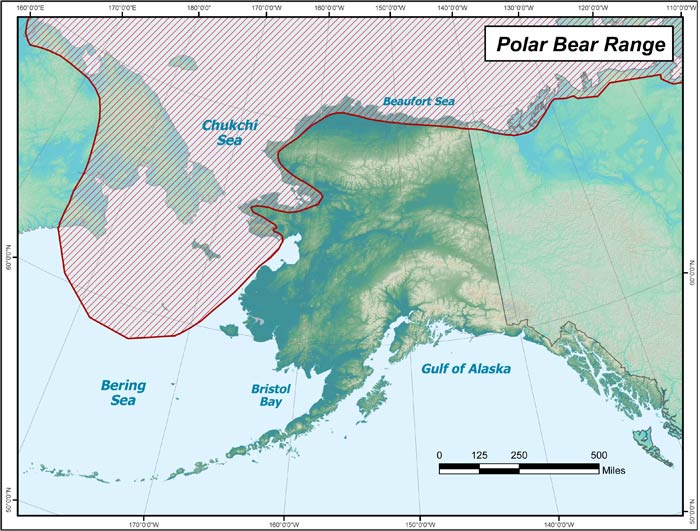
Alska polar bear habitat. State of Alaska photo.
Opposition groups filing appeals against the original designation claimed that the Fish and Wildlife Service overstepped its authority and created major economical consequences with relatively no conservation benefit whatsoever. The argument presented to the Supreme court attempted to overturn the decision by the 9th U.S. Circuit Court of Appeals which left Fish and Wildlife open to make “sweeping designations (in this case an area the size of California) that overlap with existing human development (including, even, industrial areas).” further arguing that the designated polar bear habitat interfered with oil industry operations as well as tribal sovereignty.
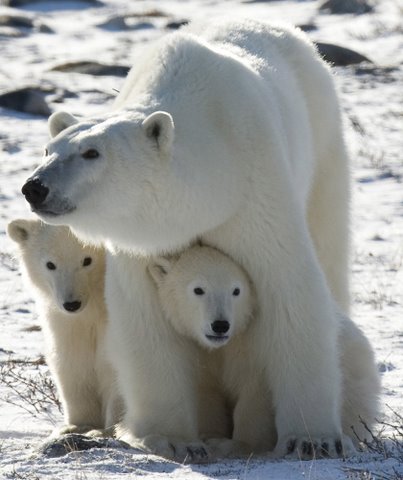
Mother polar bears avoid having their cubs swim in the ocean until they have the fat reserves to protect them. Jonathan Hayward photo.
“Swept within that enormous block of land are the entire ancestral homelands for certain Native communities, as well as the largest and most productive oil field in North America,” the petition to the oil and gas group gave the Supreme Court. Nearly 96 percent of the protected habitat area is sea ice, the smaller, remaining area includes “industrial facilities, garbage dumps, airports, communities, and homes (from which bears are actively chased away) as ‘critical’ habitat that is purportedly free from ‘human disturbance’ or otherwise ‘unobstructed,’ ” the petition said.
The coalition of various groups argued further that the 9th Circuit Court’s broad ruling would allow for expansion of habitat designations in other regions of the United States.
The government stated that it utilized two rounds of public comment and current, leading scientific data in defense of why the protected habitat was designated by courts initially.
“The Service did not designate any areas outside the geographical area currently occupied by polar bears because it determined that ‘occupied areas are sufficient for the conservation of polar bears in the United States,’ ” the federal government reported to the Supreme Court.
by Steve Selden | May 4, 2017 | Churchill Photography
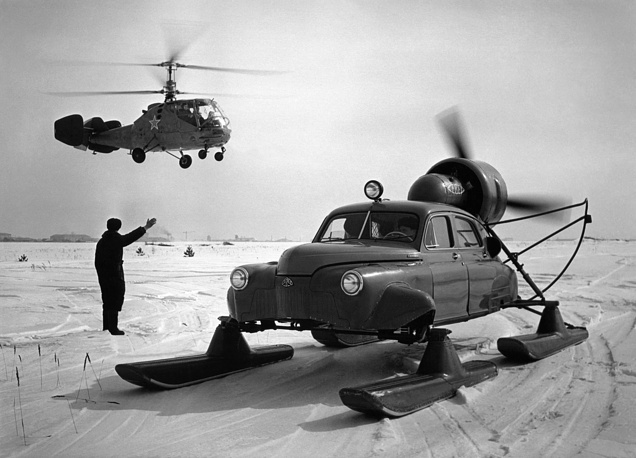
A Russian built snow vehicle from the 1950’s. A snowmobile prototype. TASS photo.
Russia has been active at exploring and settling the Arctic for many decades. This is one of the earliest vehicles to transport people in the area and quite the relic. How fun would it be to zip around the snowfields in this little number? These are not too far off from the original polar bear viewing vehicles from Churchill. The huge propeller fan on the back might be a deterrent for polar bears however!
by Steve Selden | May 2, 2017 | Conservation

Researchers are seeing melting glaciers and declining sea ice in the Arctic. Getty Photo.
Some scientists believe the best adjective to characterize the Arctic is “unravelling”!
According to some data, the region is warming more than twice as fast as the rest of the Earth’s regions according to findings by a team comprised of over 90 researchers. Declining sea ice and receding glaciers have been noted consistently over the last decade and the team has confirmed the continuation of these processes.
Warming in the Arctic has increased more rapidly between 2011 and 2015 since 1900 when the first climate records were registered. Snow cover in the region has also decreased by 50% further confirming the rise in temperatures over the years.
A major resulting affect from the warming will be global sea levels rising faster than predicted. Estimates of 2013 by an intergovernmental panel estimate levels rising twice as much as previously thought.
The Arctic Monitoring and Assessment Programme, in their most recent publication of Snow, Water, Ice and Permafrost in the Arctic report the findings in line with what the scientists are finding all across the Arctic.
“The Arctic that you will have by mid-century will be very different from the Arctic that we see today,” said Morten Skovgård Olsen, who coordinated the research.
by Steve Selden | Apr 28, 2017 | Videos
When one thinks spring in the Arctic, one thinks snow buntings. Snow buntings arrive first on the scene once winter releases its grip on the Arctic. When you see these harbingers of spring congregating in your town on their way north, rest assured the migration of birds north has begun. Soon the Arctic will be filled with various species feasting on the bounty the northern summer provides. So, keep an eye out for those incredibly cute snow buntings and head north to see all the other migratory species!







